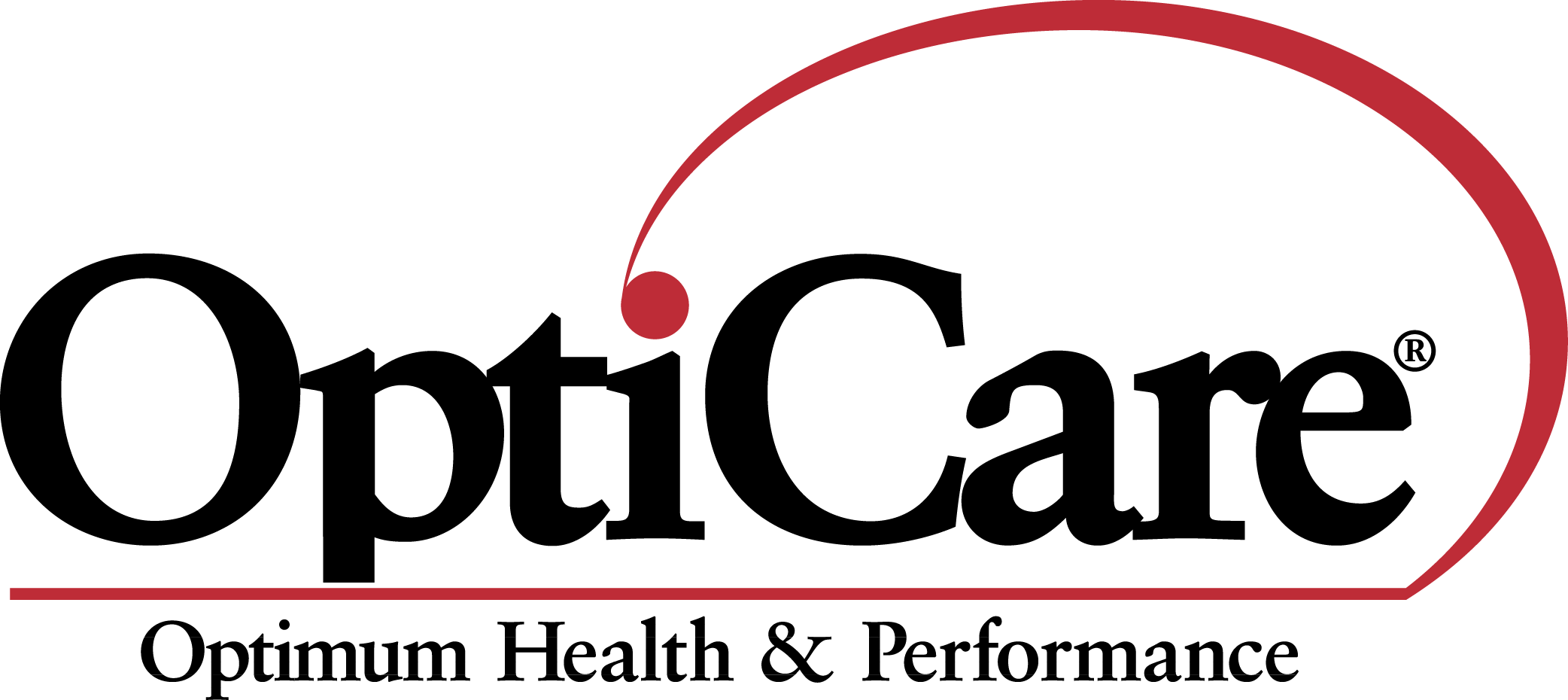
Rite-Lyte is an oral electrolyte /nutrient supplement that provides quick energy, electrolytes and buffering agents to support rehydration in calves with scours. It also offers flexible feeding recommendations for calves encountering heat stress to moderate levels of dehydration.
Rite-Lyte was formulated using the latest research and calf expert recommendations for levels of electrolytes, energy and buffering agents. There are four keys necessary to supporting a calf as it enters dehydration.
Palatability
A great electrolyte needs to be palatable so that the calf will drink it willingly. When calves are under stress or suffering from scours, their attitude and appetite can be depressed. Having an electrolyte that calves will readily consume is important to getting the product to the intestinal tract where it can go to work right away. Rite-Lyte is easy to administer since the calves like the flavor and will drink it quickly.
Electrolytes
Rite-Lyte contains specific levels of electrolytes that have been recommended in peer-reviewed research articles on electrolyte use in calves. The balanced levels of electrolytes found in Rite-Lyte will help the calf get the maximum benefit from the electrolyte solution being fed.
Energy
Calves under the stress of disease or dehydration are usually in need of additional energy. Rite-Lyte contains quick energy compounds that are ready to help the calf meet its energy needs while recovering from dehydration. Glycine is also added to Rite-Lyte as it is a key amino acid used in the transport of energy into the animal.
Buffers
When calves lose electrolytes and become dehydrated, they often enter into metabolic acidosis. This is different than the acidosis found in the rumen of dairy or beef cattle. Metabolic acidosis is an acidotic condition affecting the entire animal and is brought on by a loss of water and electrolytes. Rite-Lyte uses a special blend of buffers that go beyond buffering just the intestinal tract. They also have buffers included that can help to counteract the metabolic acidosis so often seen in these calves.
Nutrient Analysis |
|
|---|---|
| Salt (NaCl), min % | 9.0 |
| Salt (NaCl), max % | 11.0 |
| Sodium (Na), min % | 6.5 |
| Sodium (Na), max % | 7.7 |
| Chloride (Cl), min % | 8.0 |
| Potassium (K), min % | 3.0 |
| Magnesium (Mg), min % | 0.4 |
To help prevent dehydration or during periods of summer heat stress: Mix 0.5 to 1.0 ounce (1/2 to 1 scoop)* of Hubbard Rite-Lyte in 2 quarts of warm water or milk solution. Feed at least twice a day for 2-3 days or until the calf is no longer at risk of becoming dehydrated. Continue to offer the calf its normal milk feeding schedule.
For calves on milk with mild to moderate dehydration: Mix 2 ounces (2 scoops)* of Hubbard Rite-Lyte in 2 quarts of warm water and feed two to three times a day for 2-3 days or until the calf is no longer dehydrated. Continue to offer the calf its normal milk feeding schedule.
For calves with severe dehydration: Use Hubbard Calf Res-Q electrolyte and follow label directions. Other supportive therapy may be needed. If calves are not sucking or cannot stand due to severe dehydration, consider using sub-Q or IV fluids for best results. Consult with your local veterinarian on what is the best treatment for these calves.
Always offer free choice water to calves that are being fed electrolyte solutions.
Note: In cases of calf health and where calves are dehydrated and/ or do not respond quickly to electrolyte feedings, contact and follow your local veterinarian’s treatment recommendations.
*Enclosed scoop contains approximately 1 ounce when level full.
Use solution within 12 hours or discard because the solution will support bacterial growth.
Store unused product in a cool, dry area. Rite-Lyte powder will cake rapidly if left in an open container.
Reseal container immediately.
#34375—Rite-Lyte Oral Calf Electrolyte, 10 lb. pail or 25 lb. bag
